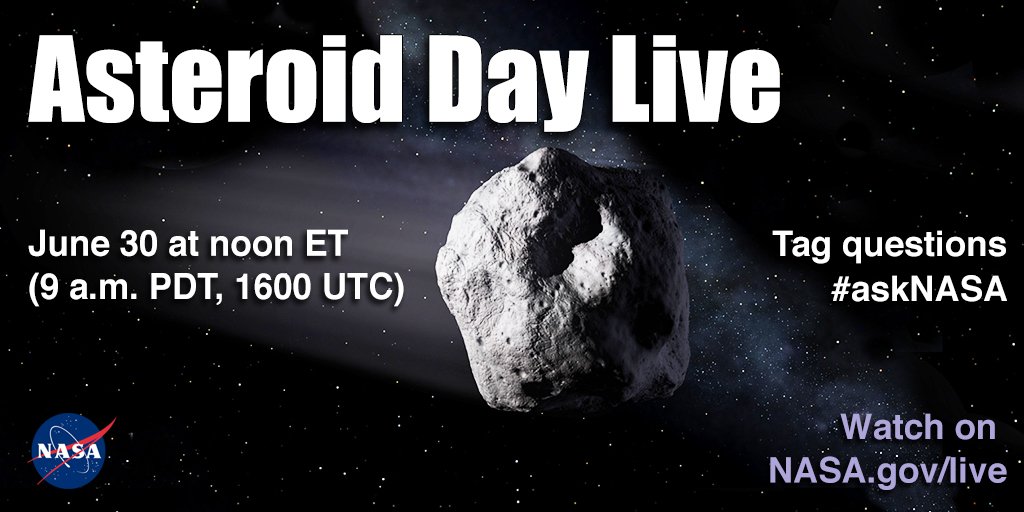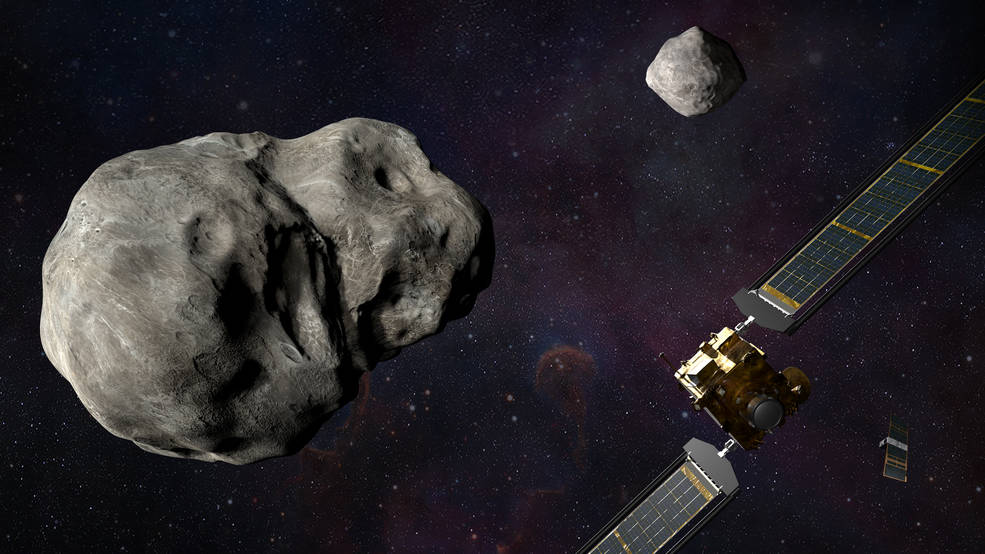


The mission also depends on observatories in Arizona, New Mexico, Chile, and elsewhere astronomers are keeping their telescopes focused on Dimorphos and Didymos to measure the post-impact deflection as precisely as possible. DART is a major part of AIDA, the Asteroid Impact and Deflection Assessment, a collaboration between NASA and the European Space Agency. It was designed, built, and operated by Johns Hopkins University’s Applied Physics Laboratory, with support from many NASA centers, and launched last November. The DART probe-the name is short for the Double Asteroid Redirection Test-has been in the works since 2015. That confirmed the spacecraft’s collision, and the room rang out with the shouts of researchers: “Oh wow!” “Oh my goodness!” “We got it!” The images quickly grew in size and then-the screen went blank. The last shots from the craft’s camera revealed Didymos to be a slightly egg-shaped rock, littered with boulders and pockmarked with craters. This is so cool,” said Lori Glaze, NASA’s Planetary Science Division director, two minutes before impact. “It went from a collection of individual pixels, and now you can see the shape and shading and texture of Didymos, and you can see the same thing with Dimorophos as we get closer and closer. As the craft sped along on its final approach, the DART team-watching from mission control-met each milestone with cheering and applause. The DART spacecraft is about the size of a vending machine, and it was hurtling at a ludicrous 14,000 miles per hour as it smashed into Dimorphos. It’s actually the diminutive member of an asteroid pair: It’s a moon of its much larger sibling, Didymos. This particular test subject is called Dimorphos, and it’s about 6.8 million miles from Earth. It’s just a test, an effort to determine whether an asteroid can be nudged off its course-a strategy that could be used to divert a near-Earth object on a collision course with us if it’s spotted well enough in advance. A team of scientists has now deliberately plowed a craft into a tumbling space rock at high speed. But this time, with DART, it’s different. NASA is usually pretty careful with its space probes.


 0 kommentar(er)
0 kommentar(er)
